Mexico history is a tapestry woven with the threads of ancient civilizations, colonial conquests, revolutionary struggles, and cultural richness. From its pre-Columbian origins to the complex social and political landscape of the modern era, Mexico’s history is a captivating narrative of resilience, transformation, and identity. In this comprehensive exploration, we will delve into the key periods and milestones in the history of Mexico, examining the various civilizations that have left their mark on this vibrant and diverse nation.
Pre-Columbian Mexico:
The history of Mexico begins with its indigenous peoples, who established complex civilizations long before the arrival of European explorers. The Olmec, Maya, and Zapotec cultures flourished in different regions, each leaving a distinctive cultural legacy. The city of Teotihuacan, with its impressive pyramids, emerged as a major center of Mesoamerican civilization around 200 BCE.
The Maya civilization, known for its advanced writing system and architectural achievements, reached its height in the Classic period (250–900 CE). Meanwhile, the Aztecs, or Mexica, established their capital, Tenochtitlan, on an island in Lake Texcoco in the 14th century. The Aztecs developed a sophisticated social and political structure, with a complex religious system that included the worship of deities like Huitzilopochtli and Quetzalcoatl.
Spanish Conquest and Colonial Period (1519 – 1821):
In 1519, the Spanish conquistador Hernán Cortés arrived on the Gulf Coast of Mexico, initiating a series of events that would reshape the region’s history. The encounter between the Aztec Empire and the Spanish forces, supported by indigenous allies who resented Aztec dominance, culminated in the fall of Tenochtitlan in 1521. This marked the beginning of Spanish colonial rule in Mexico.
Under Spanish control, Mexico became part of the Viceroyalty of New Spain, a vast territory that included present-day Mexico, Central America, and parts of the United States. The Spanish imposed their language, religion (Catholicism), and social hierarchy on the indigenous population. The exploitation of indigenous labor and the encomienda system were central to the colonial economy.
Despite the hardships, a syncretic culture emerged, blending indigenous traditions with Spanish influences. The result was a unique mestizo identity that permeates Mexican culture to this day. The colonial period saw the construction of grand cathedrals, such as the Metropolitan Cathedral in Mexico City, and the establishment of haciendas that became centers of agricultural production.
The Struggle for Independence (1810 – 1821):
The seeds of Mexican independence were sown in the late 18th century as Enlightenment ideas and the impact of the American and French revolutions influenced political thought. The trigger for the independence movement was the Grito de Dolores, uttered by Miguel Hidalgo y Costilla on September 16, 1810, calling for the end of Spanish rule.
The subsequent War of Independence saw various leaders, including José María Morelos and Agustín de Iturbide, play key roles. The conflict was characterized by shifting alliances and ideological differences. In 1820, political changes in Spain, coupled with the pressure of the independence movement, led to the signing of the Plan of Iguala. The Plan established the basis for Mexican independence, and in 1821, Mexico achieved its freedom.
Early Republic and Political Instability (1821 – 1876):
The early years of the Mexican Republic were marked by political instability, economic challenges, and struggles for power. Agustín de Iturbide initially ruled as emperor but was quickly overthrown, leading to the establishment of a federal republic. Mexico faced external threats, including the attempt by the French to establish a monarchy under Emperor Maximilian I, who was ultimately executed in 1867.
The 19th century witnessed internal conflicts, such as the Pastry War with France, the Texas Revolution, and the Mexican-American War, which resulted in the loss of significant territories to the United States through the Treaty of Guadalupe Hidalgo in 1848. The Reform War (1857–1861) and the French Intervention further deepened internal divisions.
The Mexican Revolution (1910 – 1920):
The early 20th century brought profound social, economic, and political changes to Mexico through the Mexican Revolution. The revolution, ignited by dissatisfaction with the long-standing dictatorship of Porfirio Díaz, began in 1910 with Francisco Madero’s call for social justice and land reform.
The conflict saw the emergence of key revolutionary figures, including Emiliano Zapata, Pancho Villa, and Venustiano Carranza. Land reform and agrarian policies became central to the revolutionary agenda. The revolution also led to the drafting of the 1917 Constitution, a progressive document that addressed issues of land ownership, labor rights, and social justice.
The revolutionary period witnessed significant social transformations, but it also brought violence, upheaval, and power struggles. The aftermath of the revolution saw the institutionalization of the political system with the establishment of the Institutional Revolutionary Party (PRI) in 1929, which would dominate Mexican politics for much of the 20th century.
The PRI Era and Economic Development (1929 – 2000):
The PRI, under a system known as the “Mexican miracle,” governed Mexico for over 70 years. This era, characterized by one-party rule and political stability, also witnessed economic growth and modernization. Presidents like Lázaro Cárdenas implemented land reforms, nationalized the oil industry, and established the foundations of a mixed economy.
However, political dissent was suppressed, and there were allegations of electoral fraud. Economic challenges, including debt crises in the 1980s, strained the country’s stability. The earthquake in Mexico City in 1985 and the Chiapas uprising in 1994 highlighted social and regional disparities.
The late 20th century also saw Mexico becoming an increasingly globalized economy, with the signing of the North American Free Trade Agreement (NAFTA) in 1994. While NAFTA brought economic opportunities, it also led to concerns about the impact on local industries and labor.
Transition to Democracy and Modern Mexico (2000 – Present):
The year 2000 marked a historic shift in Mexican politics with the election of Vicente Fox from the opposition National Action Party (PAN), ending decades of PRI rule. Subsequent elections saw alternating power between the PAN and the center-left Party of the Democratic Revolution (PRD). In 2012, Enrique Peña Nieto of the PRI returned to the presidency.
Mexico has faced significant challenges in the 21st century, including issues of corruption, drug-related violence, and economic inequality. The war on drugs, launched by President Felipe Calderón in 2006, intensified conflict between drug cartels and the government, leading to a surge in violence. Efforts to address these issues have been multifaceted, involving both domestic policy measures and international cooperation.
The 21st century has also seen a renewed focus on indigenous rights, environmental concerns, and social justice issues. Movements like the Zapatistas in Chiapas and protests against the disappearance of 43 students in Ayotzinapa have drawn attention to ongoing struggles for human rights and justice.
Conclusion:
Mexico’s history is a multifaceted narrative of indigenous civilizations, colonial conquest, independence struggles, revolution, and modern challenges. From the ancient civilizations that shaped its cultural foundations to the complexities of post-revolutionary politics, Mexico’s story is one of resilience, transformation, and cultural diversity.
The syncretic nature of Mexican identity, blending indigenous traditions with Spanish influences, is evident in its art, music, cuisine, and vibrant cultural expressions. The challenges faced by Mexico, from the upheavals of the Mexican Revolution to contemporary issues of drug-related violence and economic inequality, highlight the ongoing complexities of nation-building.
As Mexico navigates the 21st century, it does so with a rich historical legacy that informs its present and shapes its future. The ongoing quest for social justice, economic development, and political stability reflects the enduring spirit of a nation with a history as diverse and dynamic as its people.




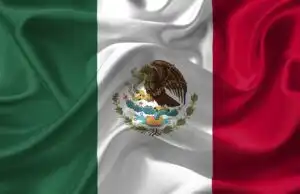
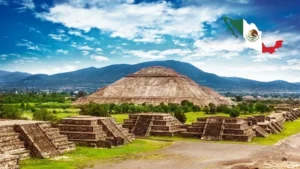
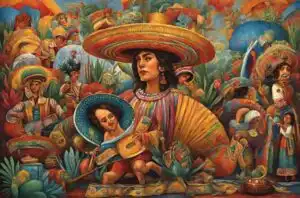

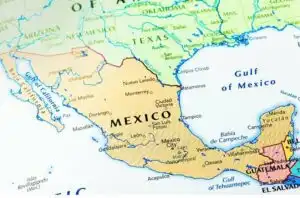
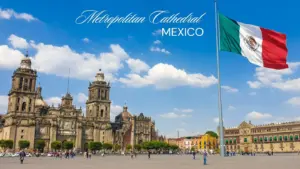
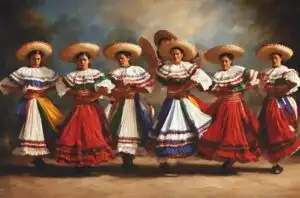
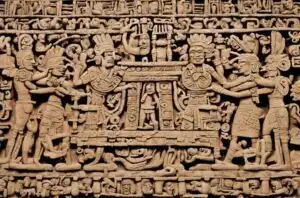
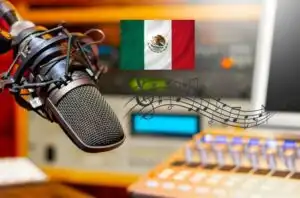
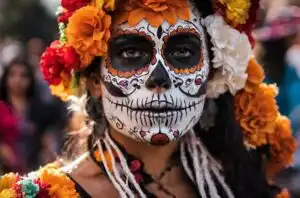
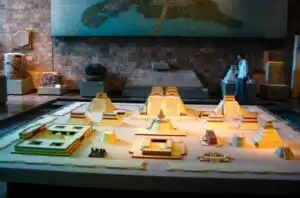
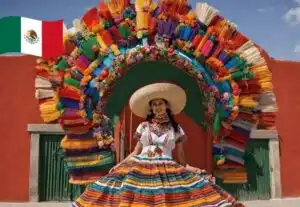




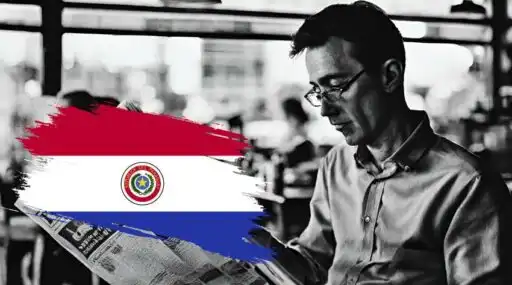

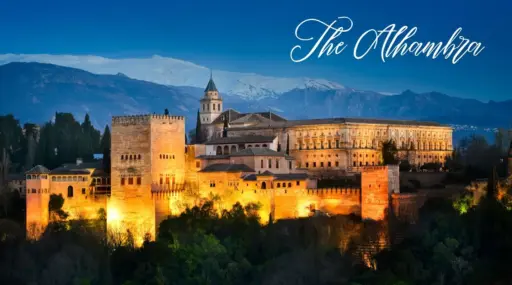
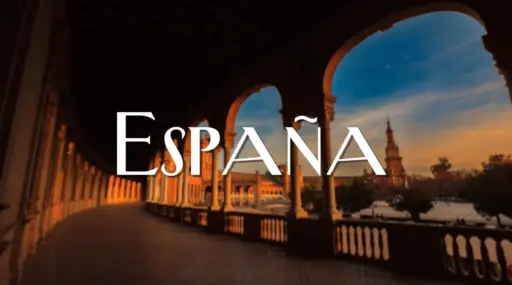
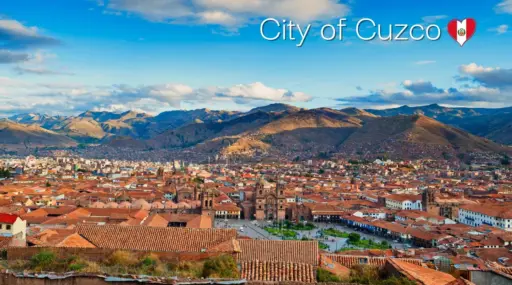

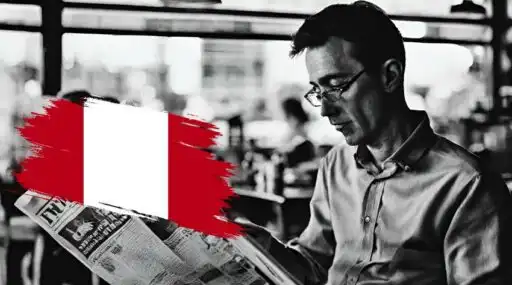
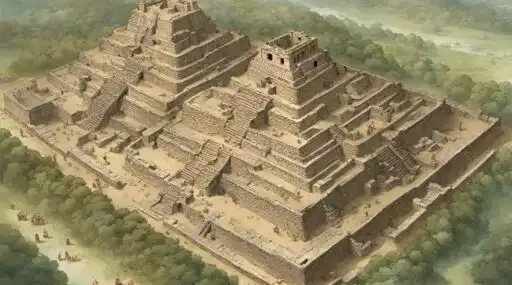
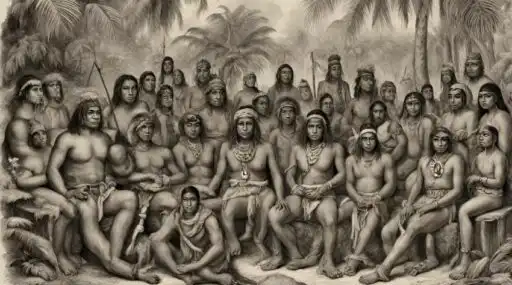
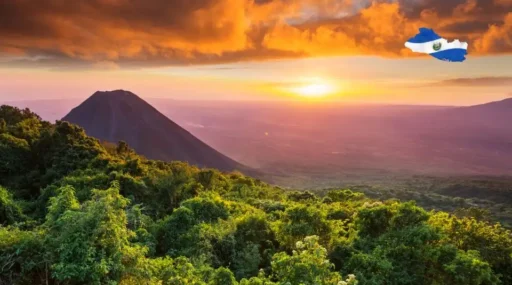




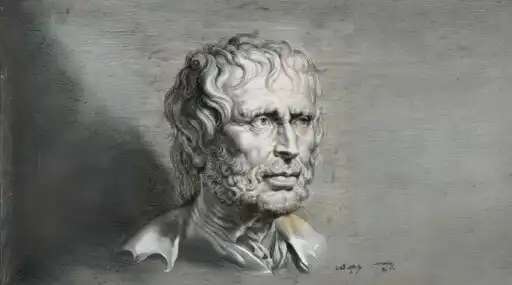
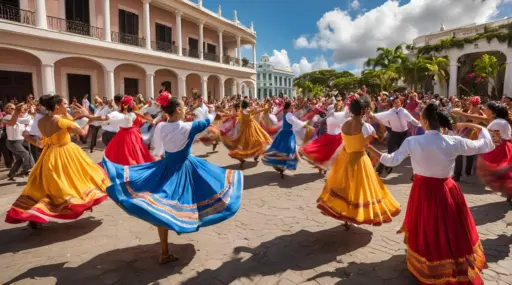
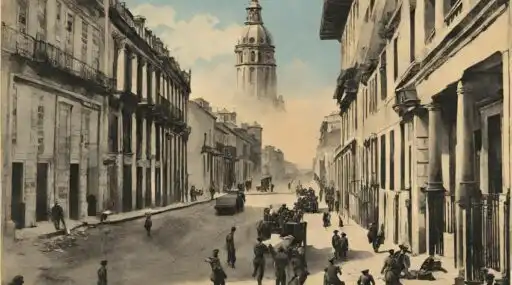
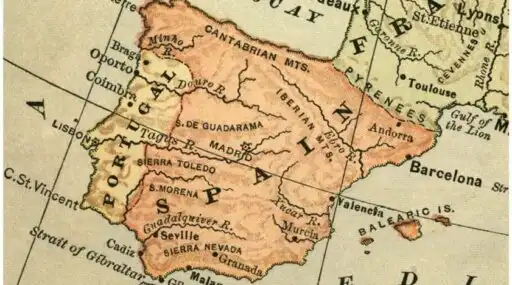



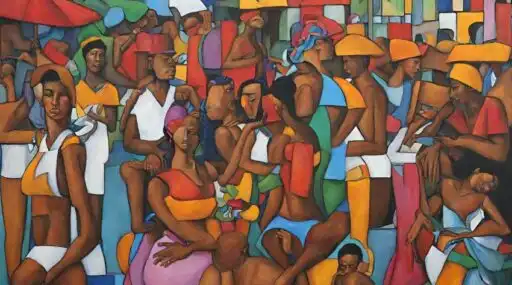

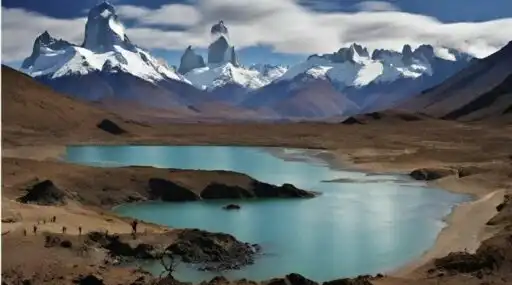

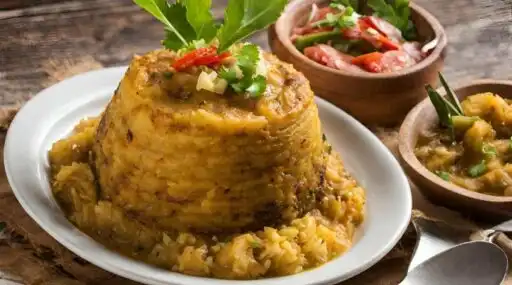

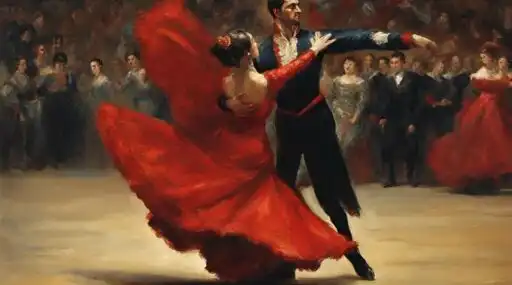
Leave a Reply